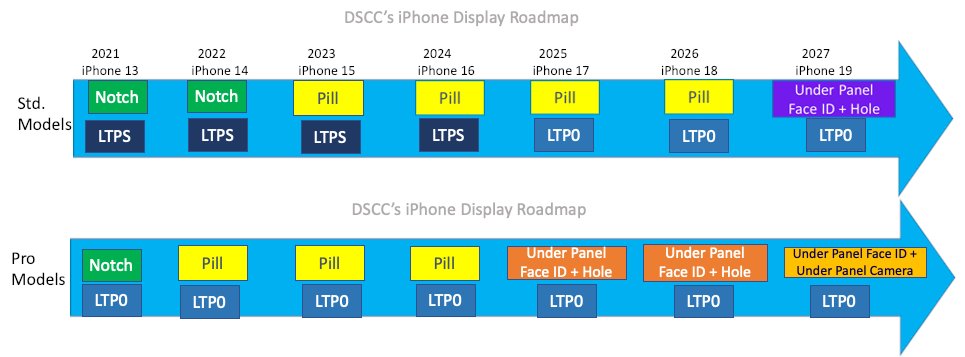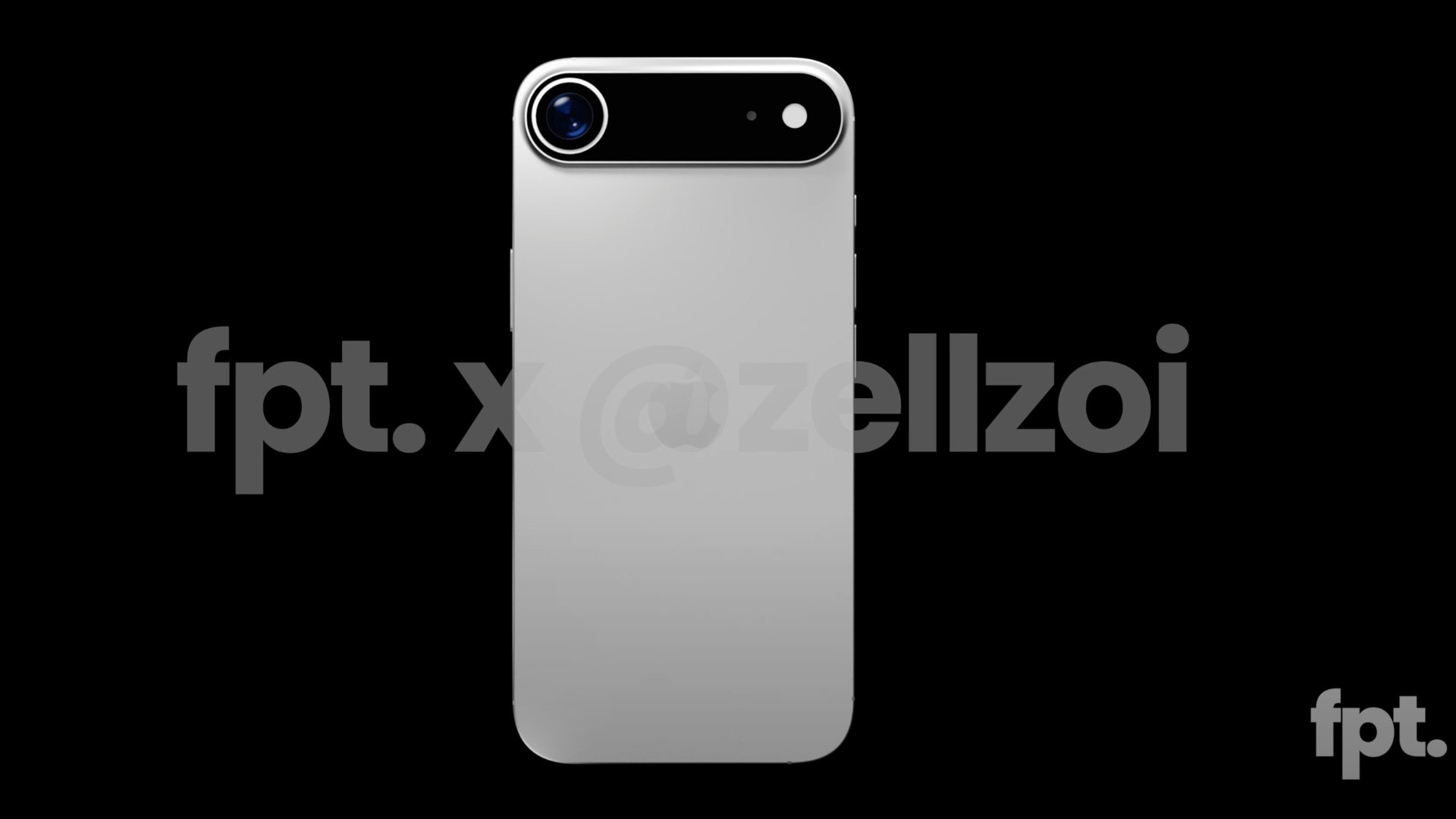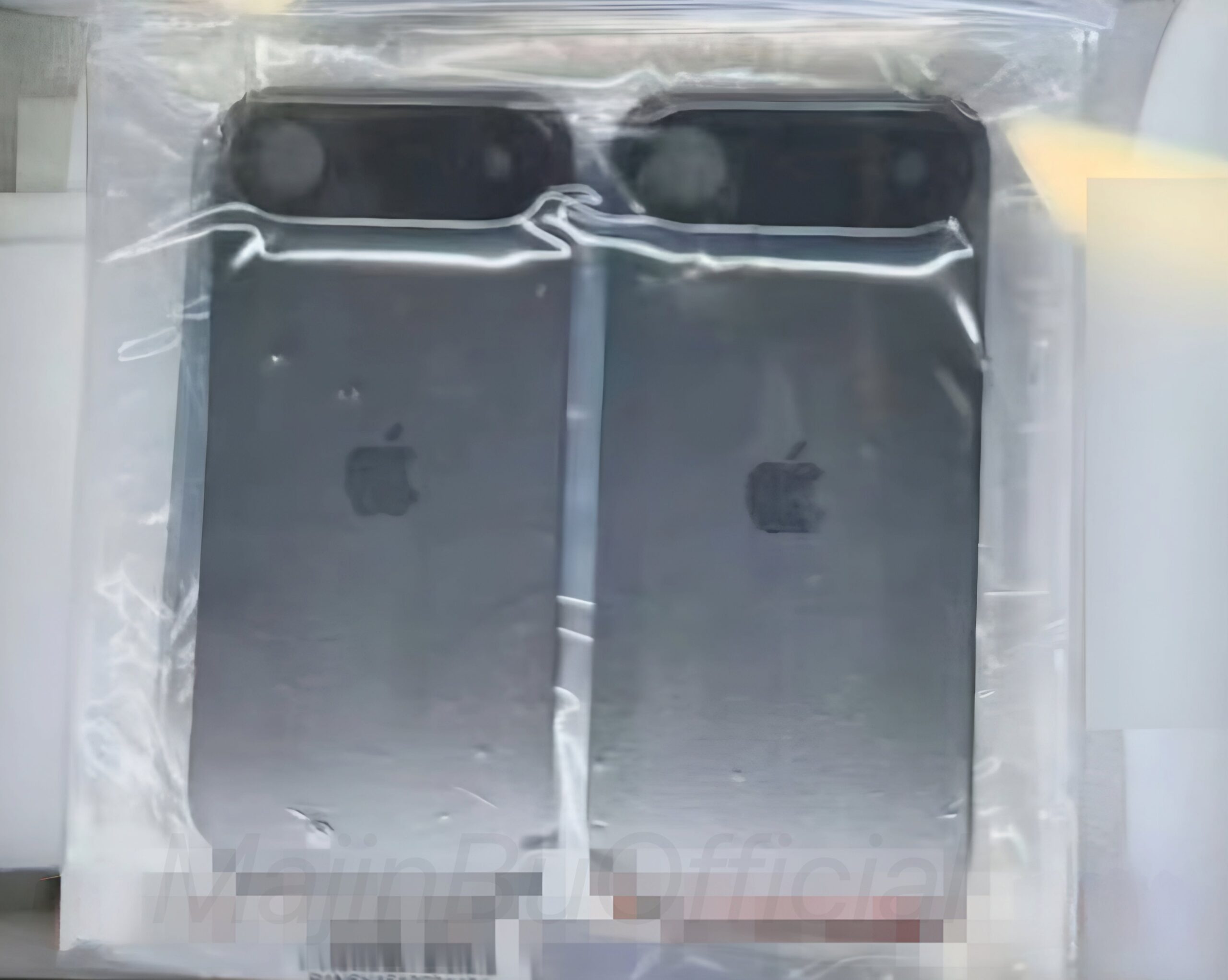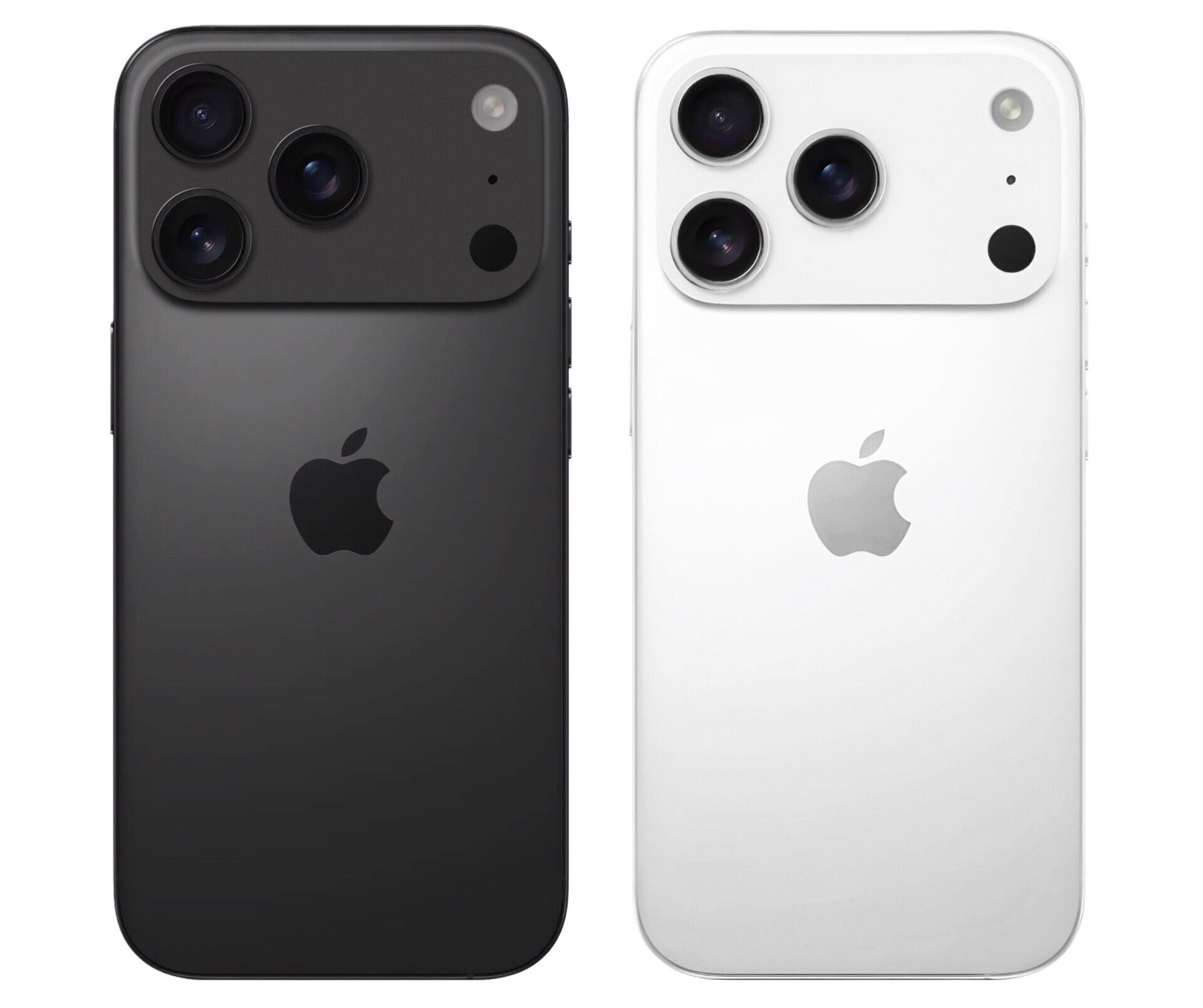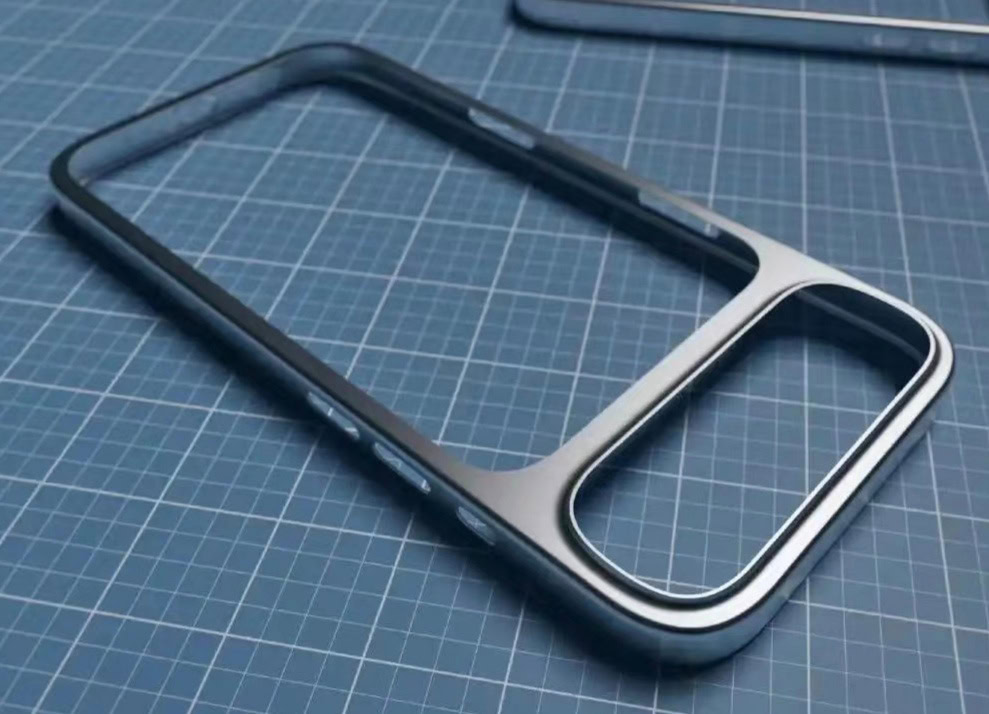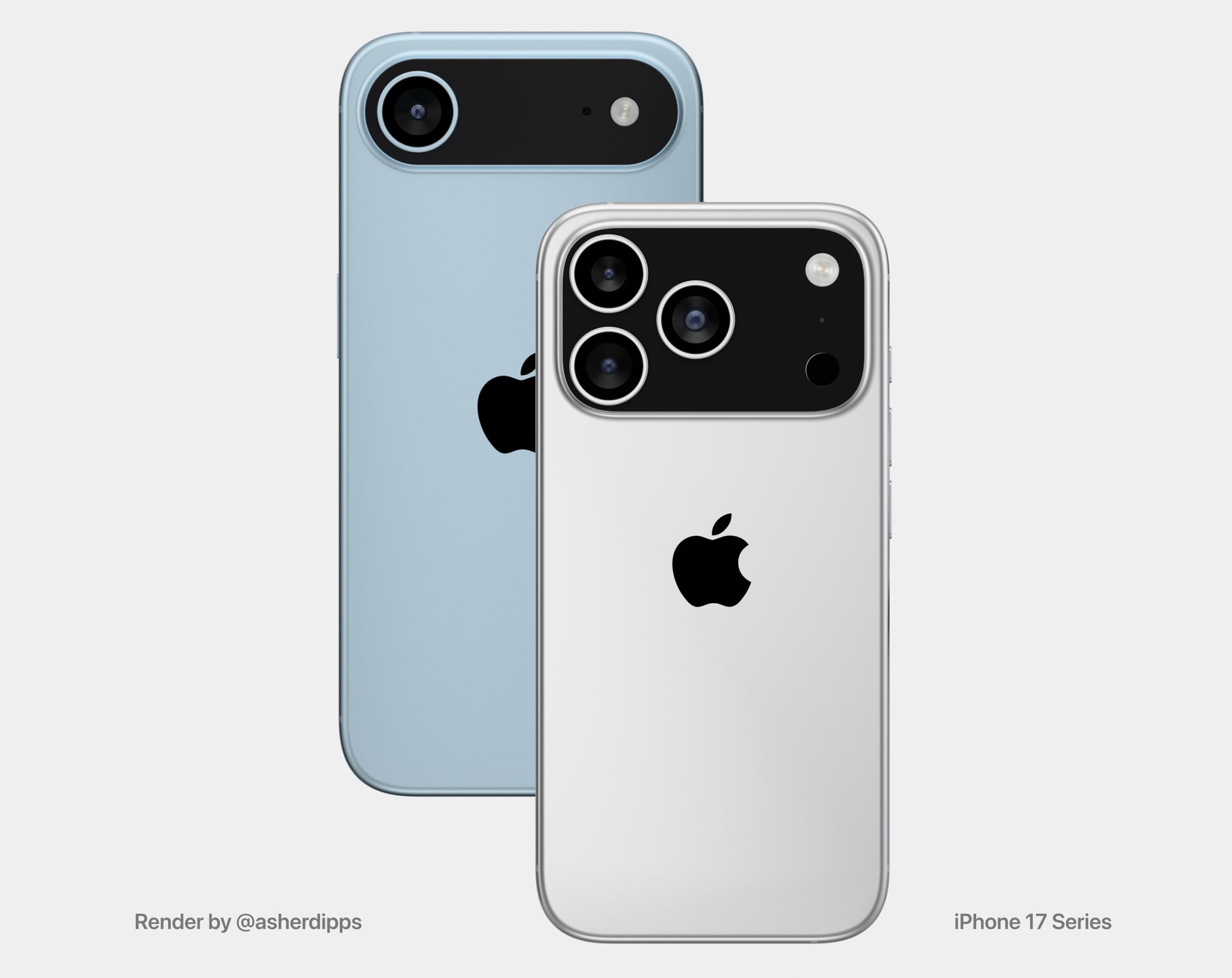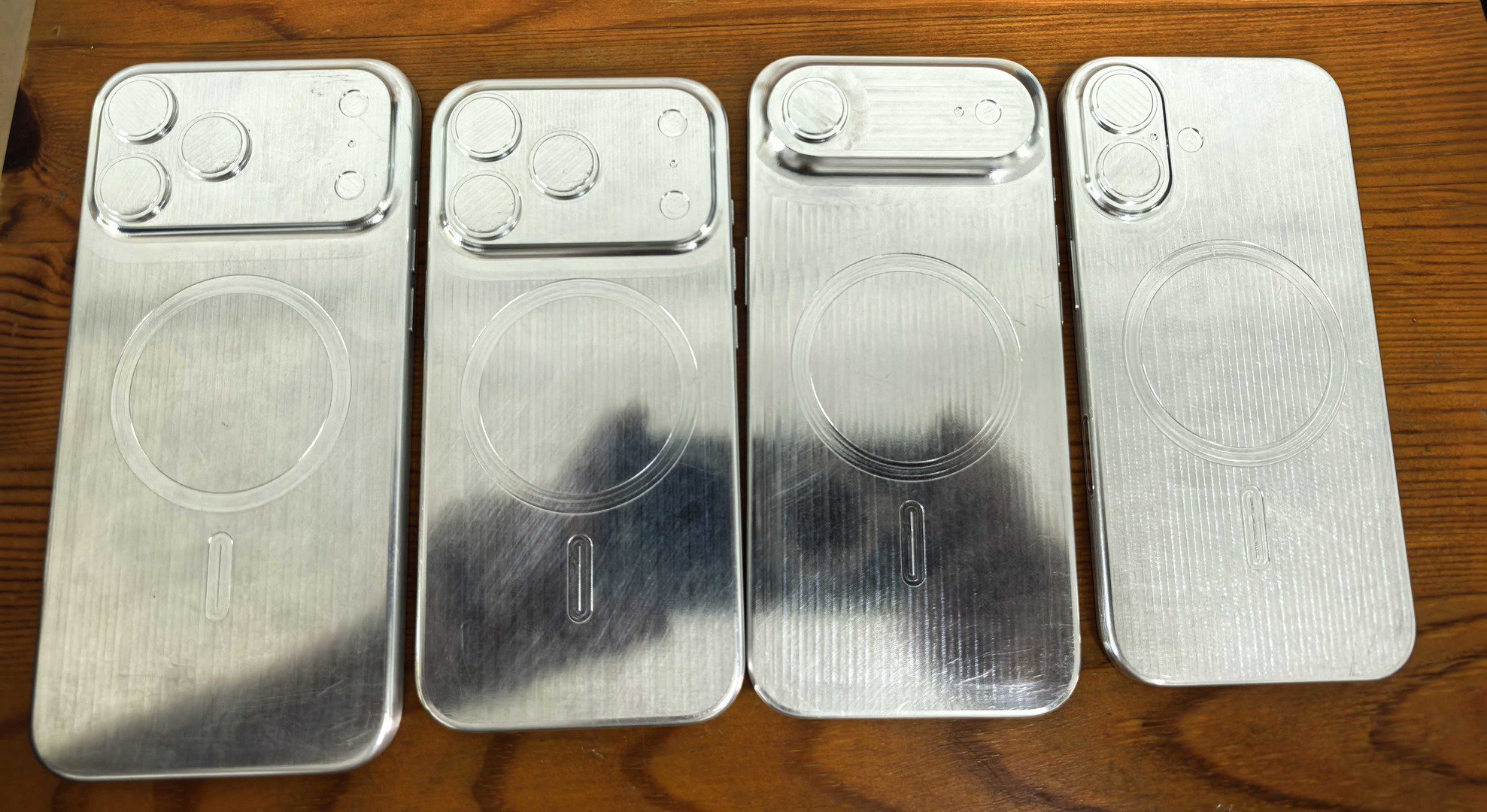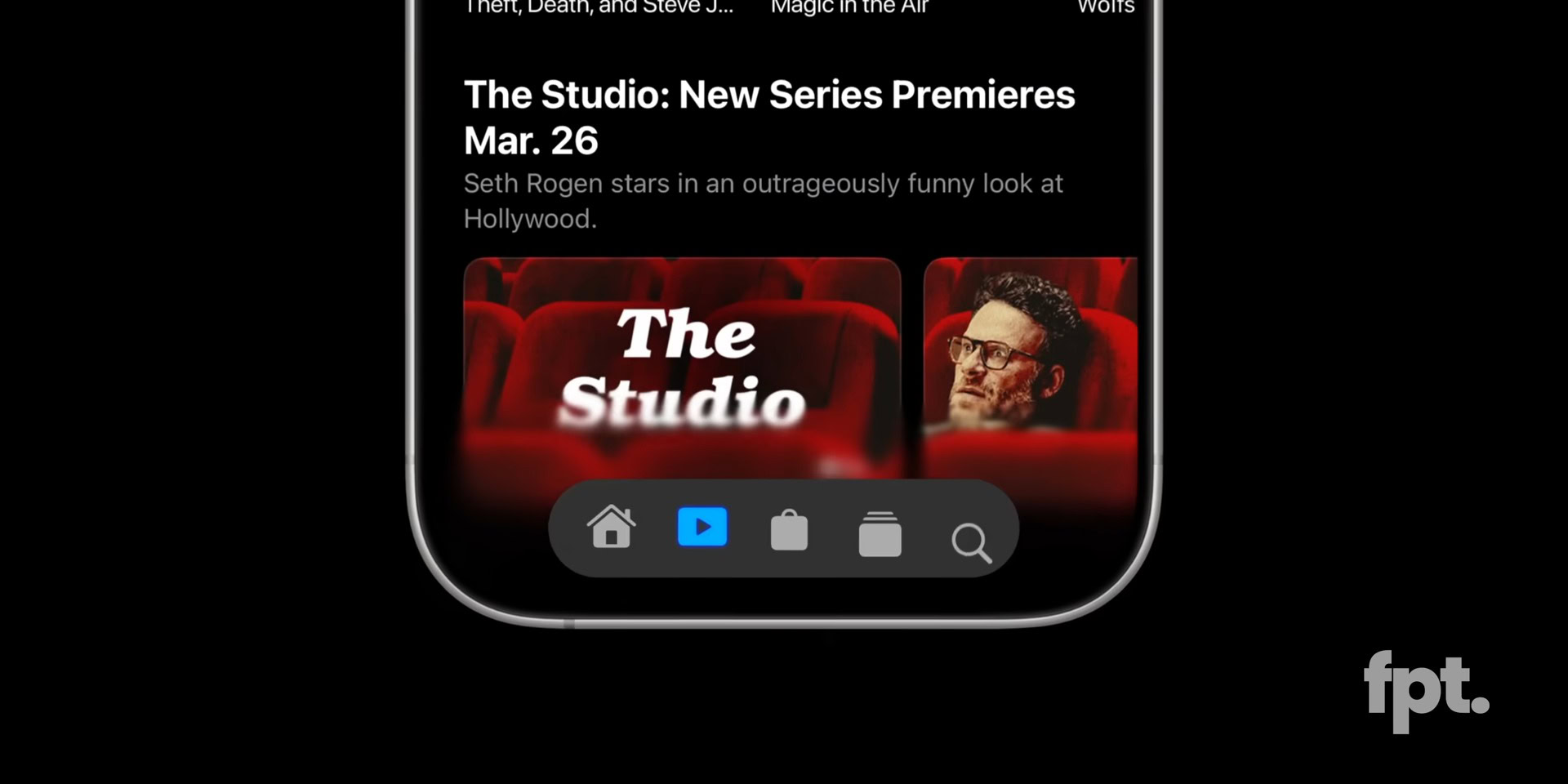Affiliate links on Android Authority may earn us a commission. Learn more.
Apple iPhone 17 rumors: Everything we know so far about Apple's next flagships
Published onMarch 26, 2025
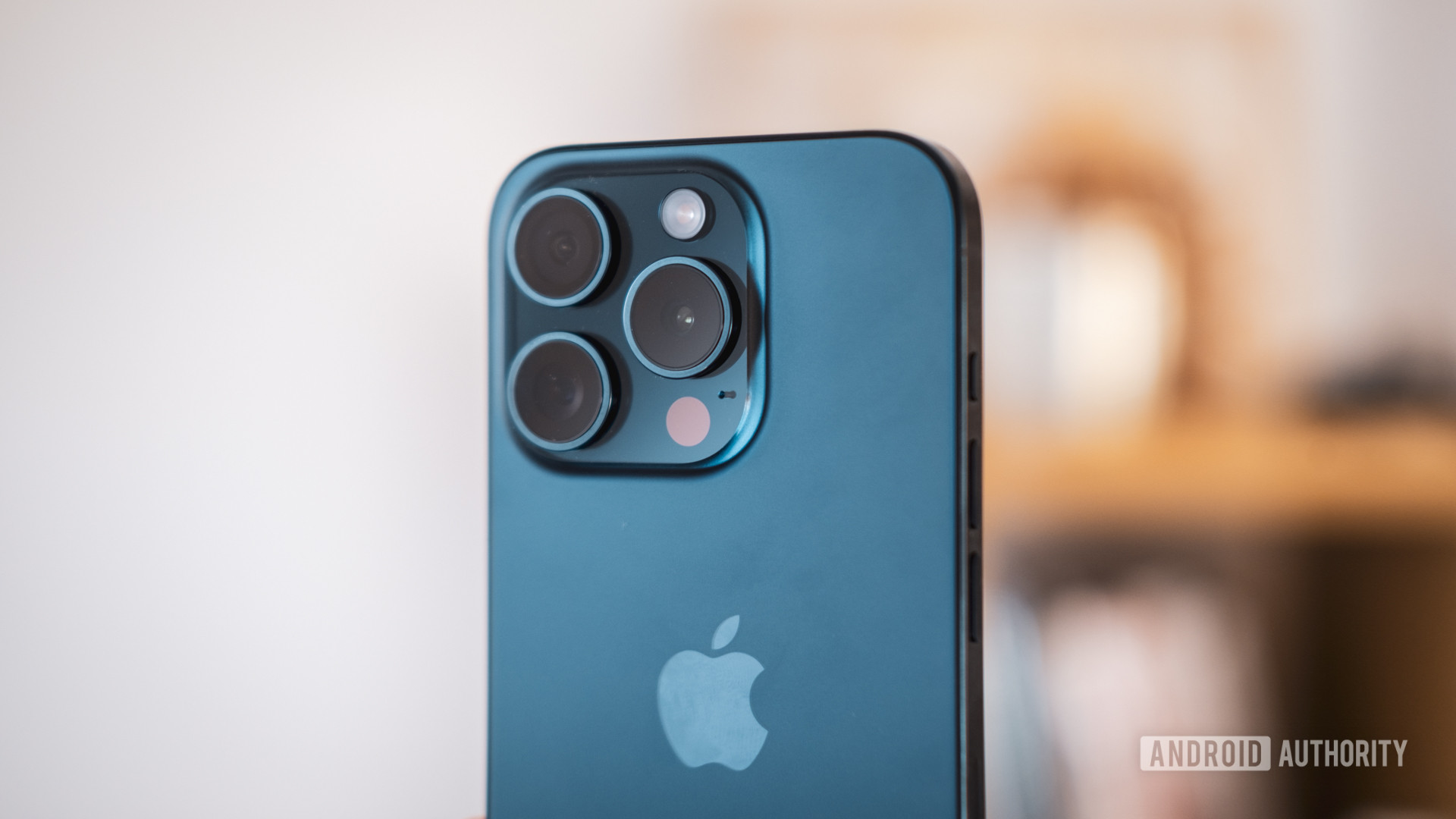
The iPhone 16 series has been here for a while, and Apple is packing a stronger punch than ever before. While the phones don’t have any drastic changes, the numerous smaller changes more than make up for a refreshed experience. The iPhone 16 series makes for a strong argument against competitors like the Pixel 9 series and even the Galaxy S25 series. However, if you would rather hold onto your working iPhone for another year, there are plenty of rumors already of what the iPhone 17 series might bring to the table in 2025. Here are all the iPhone 17 rumors and leaks, alongside a wishlist for what we’d like to see in the iPhone 17.
Apple iPhone 17 series: At a glance
- When is it expected to come out? The iPhone 17 series is expected to come out in September 2025.
- What new features could there be? The iPhone 17 could finally get a 120Hz refresh rate display, and the iPhone 17 Pro could get a design refresh and a switch to aluminum. The Plus model could also be replaced by the iPhone 17 Air.
- How much might it cost? If Apple maintains its current prices, the iPhone 17 could start at $799 (carrier) and $829 unlocked.
Will there be an iPhone 17?
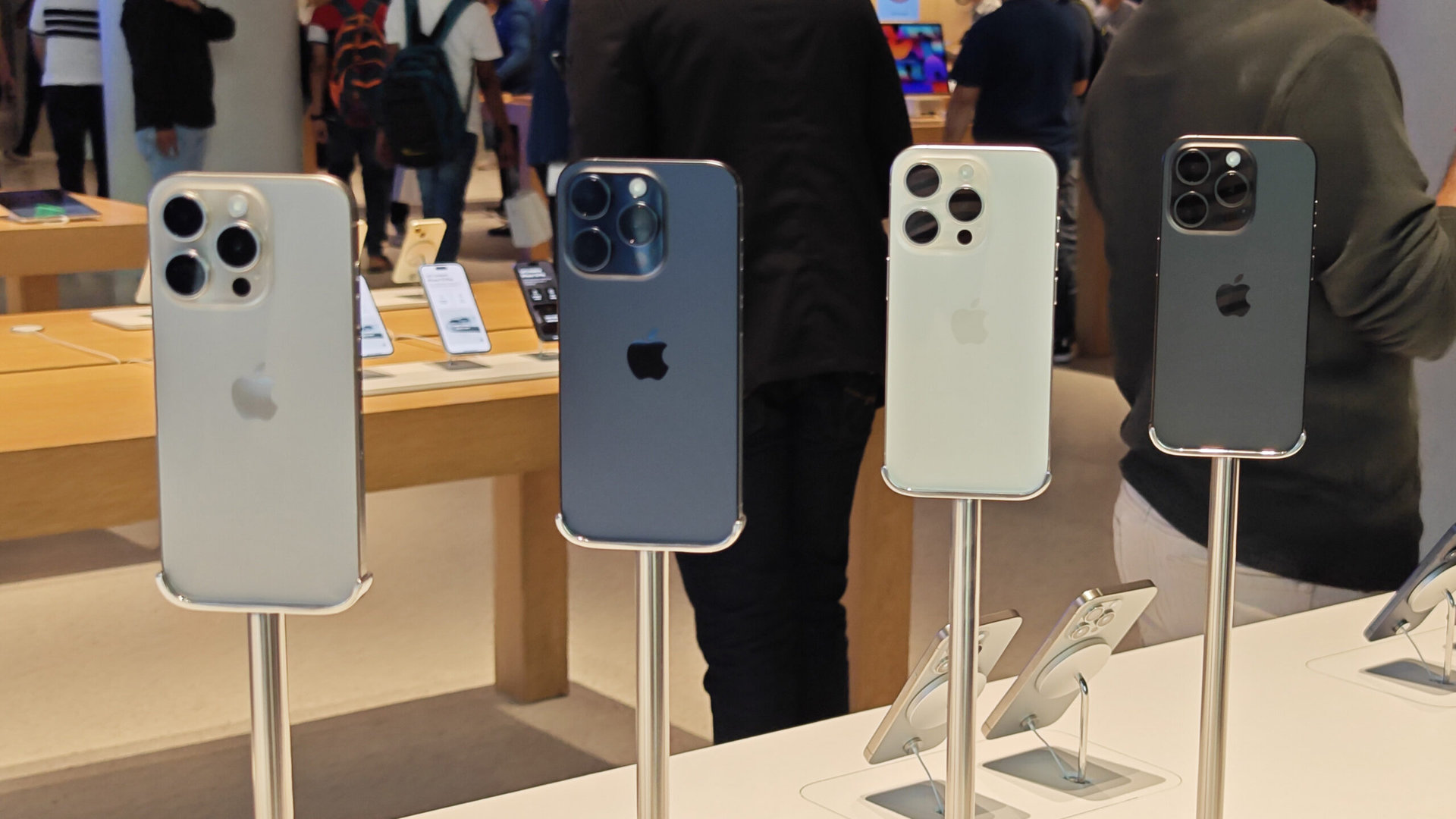
The iPhone is the most popular smartphone lineup in the world, and that doesn’t look like it’s going to be changing any time soon. While Apple hasn’t confirmed that it will launch an iPhone 17, you can practically presume that to happen anyway. Recent iPhone lineups, including the iPhone 12, 13, 14, 15, and even the newest iPhone 16, have been very well received by Apple fans. So, there’s absolutely no reason for Apple to scrap one of its biggest revenue drivers.
So, yes, there very likely will be an iPhone 17. You can also expect to see multiple models in the iPhone 17 series.
What is the most likely iPhone 17 release date?
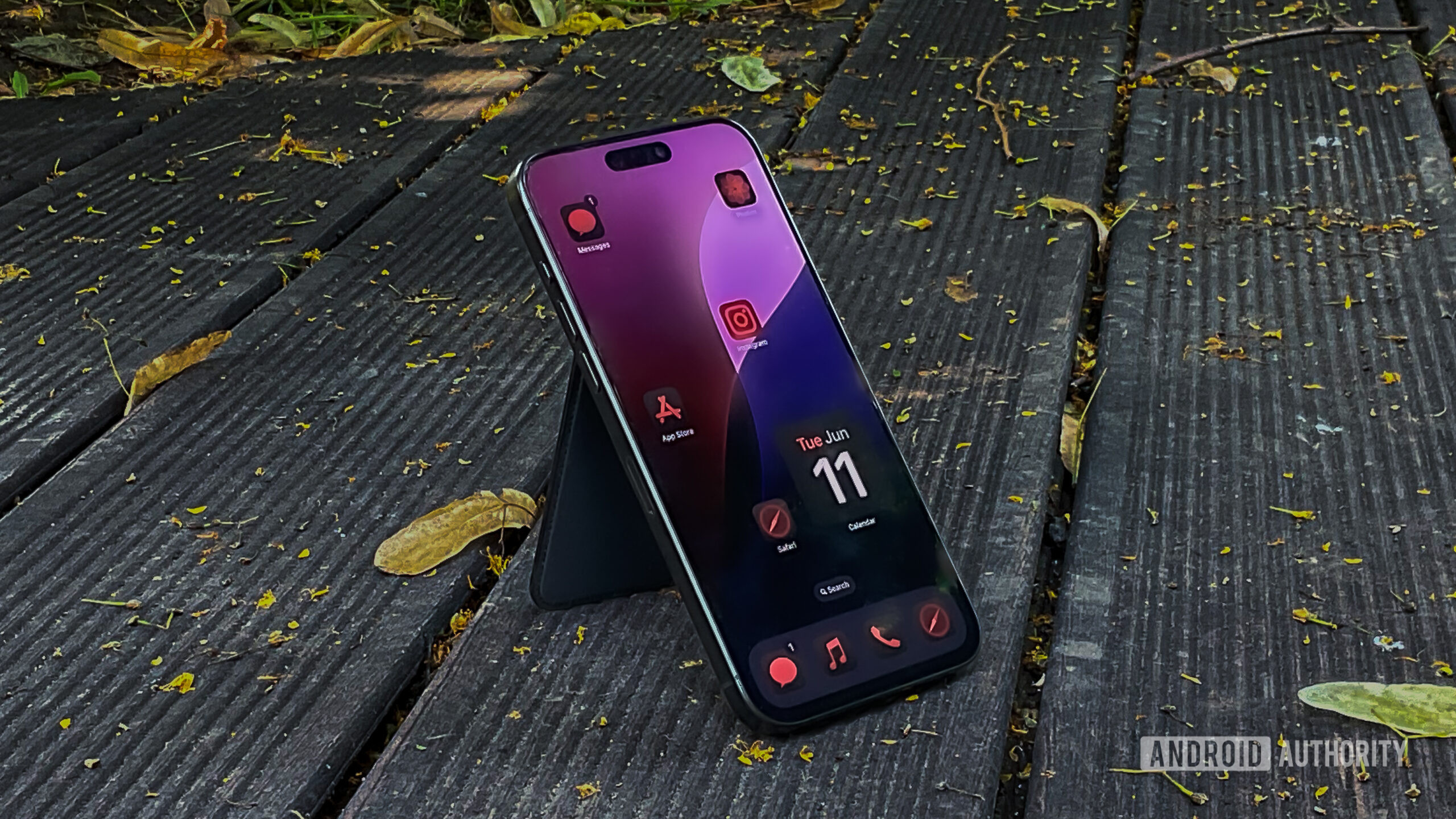
- iPhone 16 series — September 9, 2024
- iPhone 15 series — September 12, 2023
- iPhone 14 series — September 7, 2022
Apple usually announces the newest iPhones every year in early September. The phones go on pre-order on the ensuing Friday, and open sales usually begin a week after that.
We don’t expect Apple to break its routine with the iPhone 17 series. Consequently, we expect the early September 2025 launch date will coincide with open sales in the second half of the month. Apple has not yet announced any exact dates for its plans, but if we are allowed to speculate, we expect the iPhone 17 to be announced on September 8 or September 9, 2025.
What rumored specs and features could the iPhone 17 have?
Processor, computing, and networking: Apple’s own modem dream
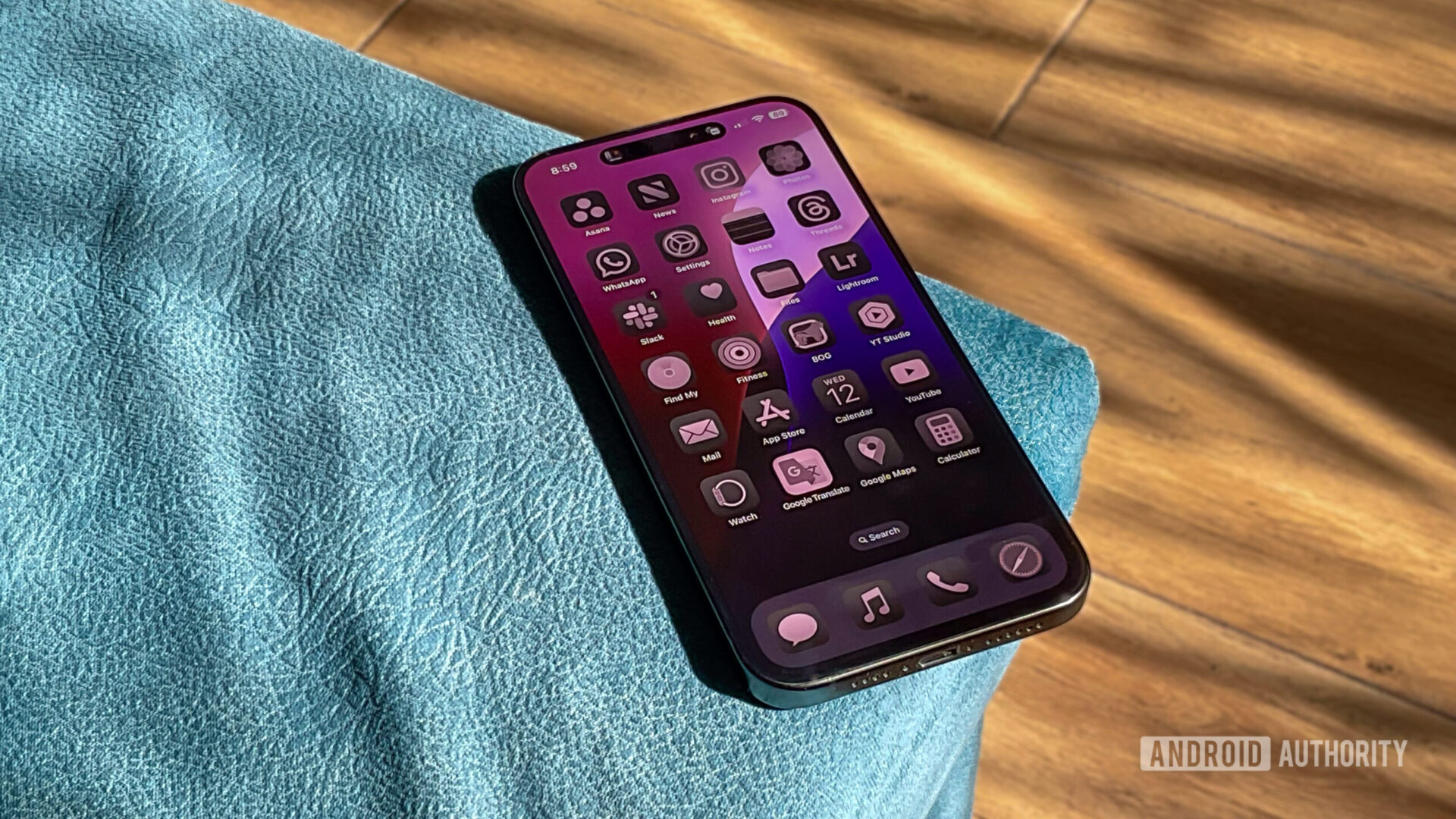
One of the earliest rumors for the iPhone 17 comes from supply chain analyst and Apple expert Ming-Chi Kuo, who suggests that Apple could be planning to use its own 5G modem chips by 2025. This came true with the launch of the iPhone 16e, which features the Apple C1 modem, Apple’s first modem, which supports 5G but lacks support for mmWave 5G.
Another leak by Ming-Chi Kuo in July 2024 indicates that Apple could decide to pack its own modem in the iPhone 17 Air, as well.
Analyst Jeff Pu mentions in an investor note the iPhone 17 lineup could see the following specs:
- iPhone 17 and iPhone 17 Air:
- 8GB RAM
- A18 or A19 chip
- iPhone 17 Pro and iPhone 17 Pro Max:
- 12GB RAM
- A19 Pro chip
However, Ming-Chi Kuo mentions that the processor on the iPhone 17 Air could be the A19 chip. Kuo also alleges that only the iPhone 17 Pro Max could be upgraded to 12GB RAM, while the other three phones could stick to 8GB RAM.
Back in January 2023, Mark Gurman mentioned that Apple planned to transition away from using Broadcom’s wireless components in 2025. For this, the company was working on its own Wi-Fi and Bluetooth chip, but then Kuo mentioned at the time that development had been halted (and that this was only a Wi-Fi chip and not a Wi-Fi and Bluetooth chip). Jeff Pu mentioned in December 2023 that the iPhone 17 Pro models will come with an Apple-designed Wi-Fi 7 chip. It’s important to note that the iPhone 16 Pro lineup has already upgraded to Wi-Fi 7, though it’s not clear if this is an Apple-designed chip.
Design and lineup: Plus is out, iPhone 17 Air is in
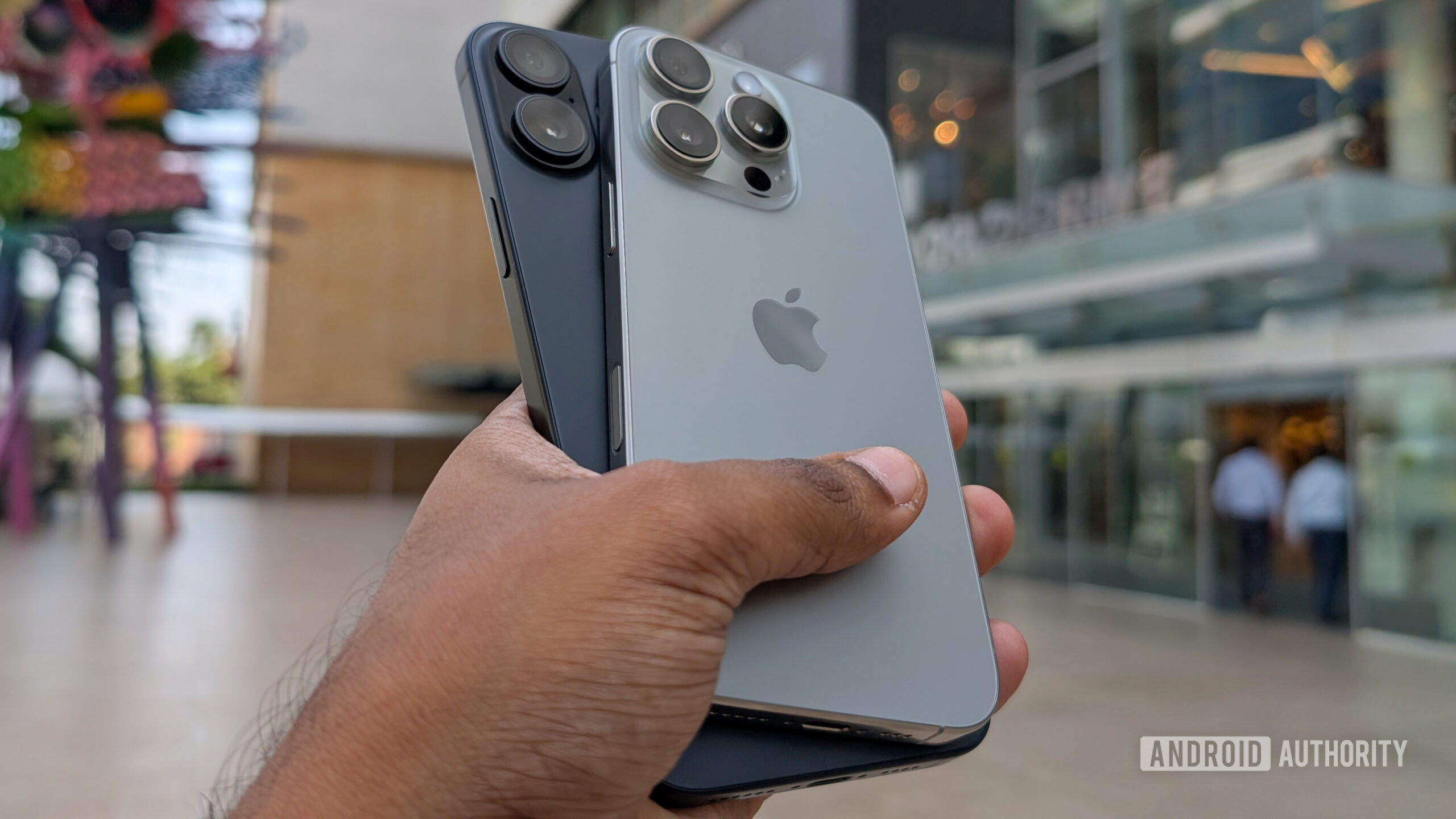
Analyst Jeff Pu mentions that the iPhone 17 lineup could see a shake-up. This is what the lineup could look like:
- iPhone 17
- iPhone 17 Air
- iPhone 17 Pro
- iPhone 17 Pro Max
Some shaky leaks mention that the iPhone 17 Pro Max may be rebranded to the iPhone 17 Ultra, in accordance with Apple’s naming scheme for its processors.
Pu also mentions that only the Pro Max may have a titanium body, though the analyst contradicts themselves in a later note. The Pro Max could also feature a narrowed Dynamic Island made possible by a new “metalens” technology for the proximity sensor, which will help the company dramatically reduce the size of the Face ID sensor.
The other three phones may have an aluminum design that is “more complex,” but they will all feature the same Dynamic Island.
A report from The Information disagrees, however, claiming that both the Pro and Pro Max may adopt aluminum. The frame for these high-end iPhones is also said to be lighter and more eco-friendly. Additionally, Apple may replace the squircle-shaped, 3D glass rear camera bump with a larger rectangle made of aluminum. Meanwhile, the back of the iPhone 17 Pro and Pro Max is expected to remain glass for the sake of wireless charging.
In a newer investor note, Jeff Pu mentions that the iPhone 17, iPhone 17 Pro, and iPhone 17 Pro Max could all be equipped with an aluminum frame. Only the iPhone 17 Air could come with a titanium frame. This shift away from titanium on the Pro models is said to be for environmental concerns, as aluminum generally has a lower carbon footprint compared to titanium. Apple is aiming to achieve carbon neutrality for its supply chain and products by 2030, and it could advertise the iPhone 17 models are being the first carbon-neutral iPhones.
Display supply chain analyst Ross Young corroborates that the iPhone 17 lineup could replace the “Plus” model with a new model that will offer a “slim” design. It will also feature a “smaller” display than the current Plus model (6.7-inch), which lines up with the 6.6-inch display rumor for the iPhone 17 Air from Pu. However, Young also mentions that the iPhone 17 Pro and Pro Max will feature an under-panel Face ID along with a “hole,” while the iPhone 17 standard models will switch to an LTPO 120Hz display.
Mark Gurman‘s sources also believe that Apple is focusing on a “significantly thinner” phone for 2025. This reportedly will be part of a wider effort to slim down the MacBook Pro and the Apple Watch. Apple apparently intends to make these devices the thinnest and lightest in their categories across the industry. Gurman also mentions that the idea is to create an iPhone 17 Air.
However, Kuo‘s more recent July 2024 report mentions that Apple will not use RCC (resin-coasted copper) material for the iPhone motherboard for the iPhone 17, as it couldn’t meet the company’s high-quality requirements. This shift to RCC could have cut down on internal space requirements, allowing for potentially slimmer designs or even larger batteries.
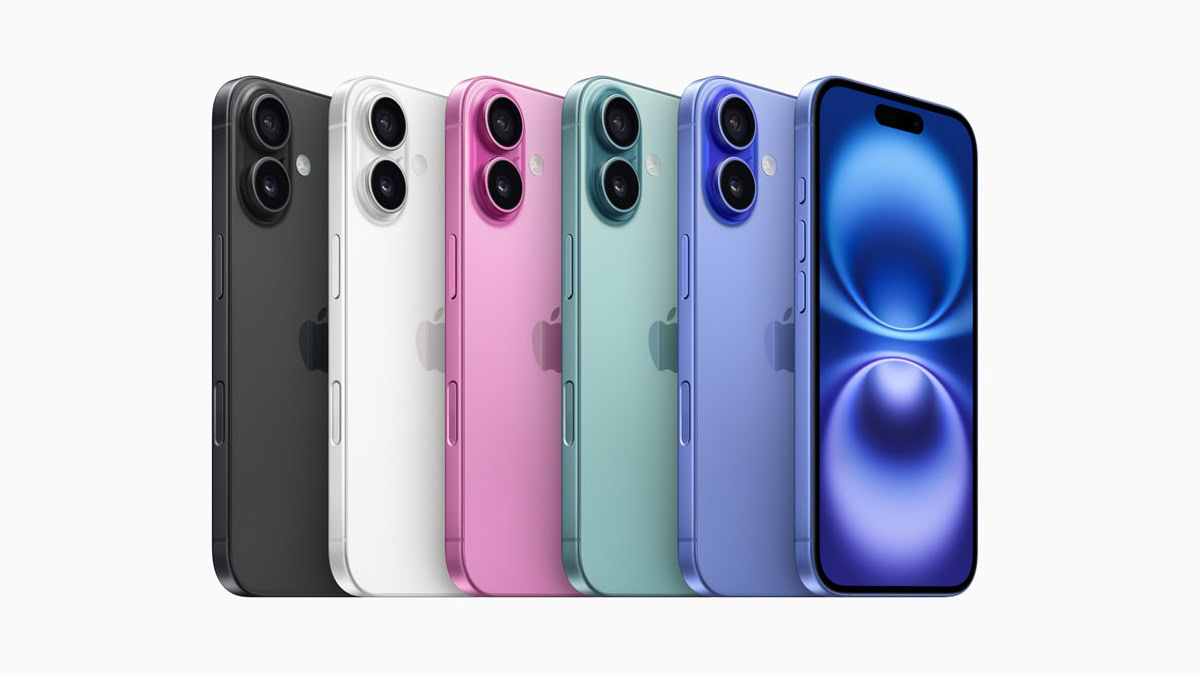
Per Kuo, the reason for reducing the Plus variant is that, as of July 2024, it accounted for only about 5-10% of total new iPhone shipments, which makes it rather redundant. Even more recently, such as with the iPhone 16 series, even though the iPhone 16 Plus’s first-weekend sales have been up YoY, as per Kuo, its impact on total iPhone shipments is limited.
Kuo mentions that the “ultra-slim” model is not positioned to replace the Plus, despite what other reports have said. Instead, Apple will use it to explore new design trends beyond the existing iPhone lineup. This iPhone will emphasize innovative form factor design rather than competing on hardware specifications.
Kuo does mention a contradicting spec for the iPhone 17 Air, saying that it could adopt a titanium-aluminum alloy metal frame with a lower percentage of titanium than current Pro and Pro Max metal frames. The other iPhone 17 models will use aluminum metal frames, which seems to refer to the Pro lineup as well.
Additionally, Kuo says that only the iPhone 17 Pro Max is expected to come with an upgraded cooling system, combining vapor chamber technology with the more conventional graphite sheets. The other phones in the iPhone 17 series are said to stick to just graphite sheets for their cooling needs. Leaker Instant Digital/Setsuna Digital on Weibo claims that all iPhone 17 Pro models will feature the vapor chamber cooling technology, whereas MyDrivers claims that all four phones will switch over to vapor chambers.
Apple could potentially make some compromises with the iPhone 17 Air as the company is reportedly having difficulty with the form factor. Sources close to the matter say that the slim iPhone is so thin that engineers are having trouble fitting in a physical SIM card tray, the battery, and thermal materials. It’s also said that due to the lack of room, the device may only feature a single speaker in the earpiece and a single camera lens.
Leaker Jon Prosser has a lot of information about what the phones could look like. For starters, the regular iPhone 17 is said to look the same as the iPhone 16.
Moving up, the iPhone 17 Air is said to feature a brand new design that could look a whole lot like this:
Prosser says the iPhone 17 Air is so thin that the USB-C port cannot be centered on the Y-axis. The port is closer to the back of the phone than it is to the front of the device.
Concept designer Asher Dipps cleaned up the renders for a prettier look at the iPhone 17 Air:
Leaker Majin Bu Official spotted photos of the back case, but they seem to assign it to the iPhone 17 rather than the iPhone 17 Air.
For the iPhone 17 Pro, leaker Majin Bu Official mentions that the current prototypes retain the same camera arrangement, but the size of the camera island and the placement of the flash and LiDAR sensor have changed.
Concept designer Asher Dipps cleaned up the leaked design of the iPhone 17 Pro to present these fan-made renders:
There’s also a second design floating around that places the three cameras horizontally. This design is based on a frame leak, but to us, it looks like an early prototype for the iPhone 17 Air instead of the iPhone 17 Pro.
The iPhone 17 Air and the iPhone 17 Pro could thus end up looking like this fan-made render:
The fan renderings are ultimately based on leaks and rumors, and those, in turn, are based on the phone designs in the testing stage. Nothing is final until Apple officially announces the devices on stage.
Leaker Majin Bu also posted a picture purportedly showing CAD-based renders of the iPhone 17 series. These phones are (from left to right) the iPhone 17 Air, iPhone 17, iPhone 17 Pro, and iPhone 17 Pro Max.
Leaker Sonny Dickson shared dummy units of the entire iPhone 17 lineup, giving us a better look at the shape and dimensions of each phone in relation to the others.
This gives us a better look at the camera bump across the lineup. The iPhone 17 Air is expected to have a significant bump, but that is also partially owing to its slimmer frame.
Of the four devices, the base iPhone 17 is expected to hold the least surprises.
Display: The iPhone 17 could finally jump to 120Hz
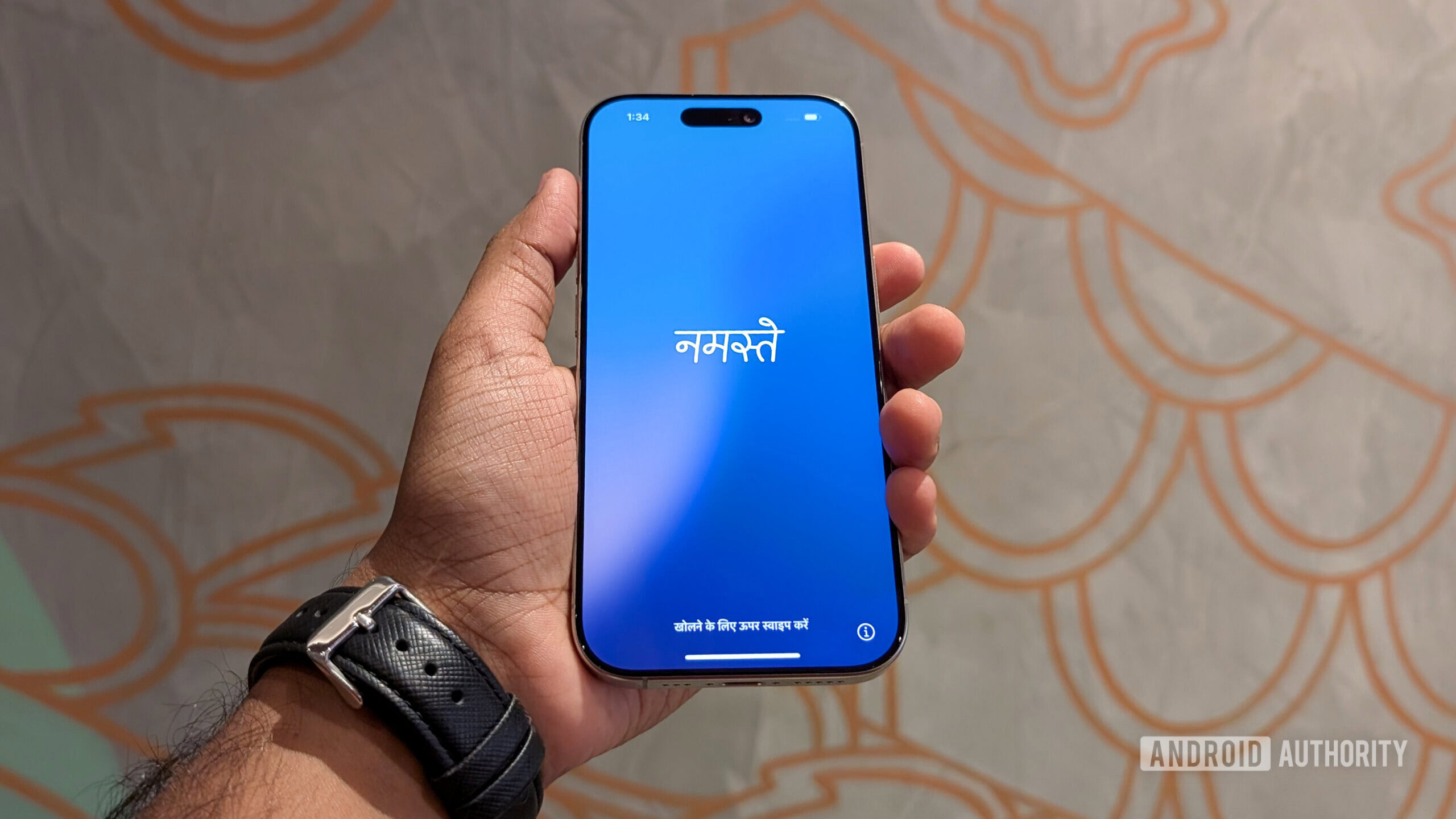
A report from The Elec from February 2024 suggests that Apple is likely to equip all four models in the iPhone 17 series with LTPO OLED models. This would be a shift from the current LTPS tech used in the iPhone 16 and 16 Plus, while the iPhone 16 Pro and Pro Max use ProMotion (which is Apple’s marketing term for 120Hz variable refresh rate on an LTPO OLED display).
Thanks to this rumored jump to an LTPO OLED, the entire iPhone 17 line could come with an Always-On Display, ending the exclusivity from the Pro models.
Ross Young further backed up this rumor by also claiming the non-pro models could offer a 120Hz display. This includes the base device and the rumored Air model.
The report from The Elec suggests that Chinese supplier BOE is in the race for supplying these LTPO panels, but Apple also has the option to turn to Samsung and LG Display for these panels.
Beyond the refresh rate, leaker Instant Digital on Weibo claims that Apple has bought specialized display coating equipment from Japan and handed it over to China’s iPhone supply chain. The iPhone is consequently said to get a “super-hard anti-reflective” display that is “more scratch-resistant than you think.”
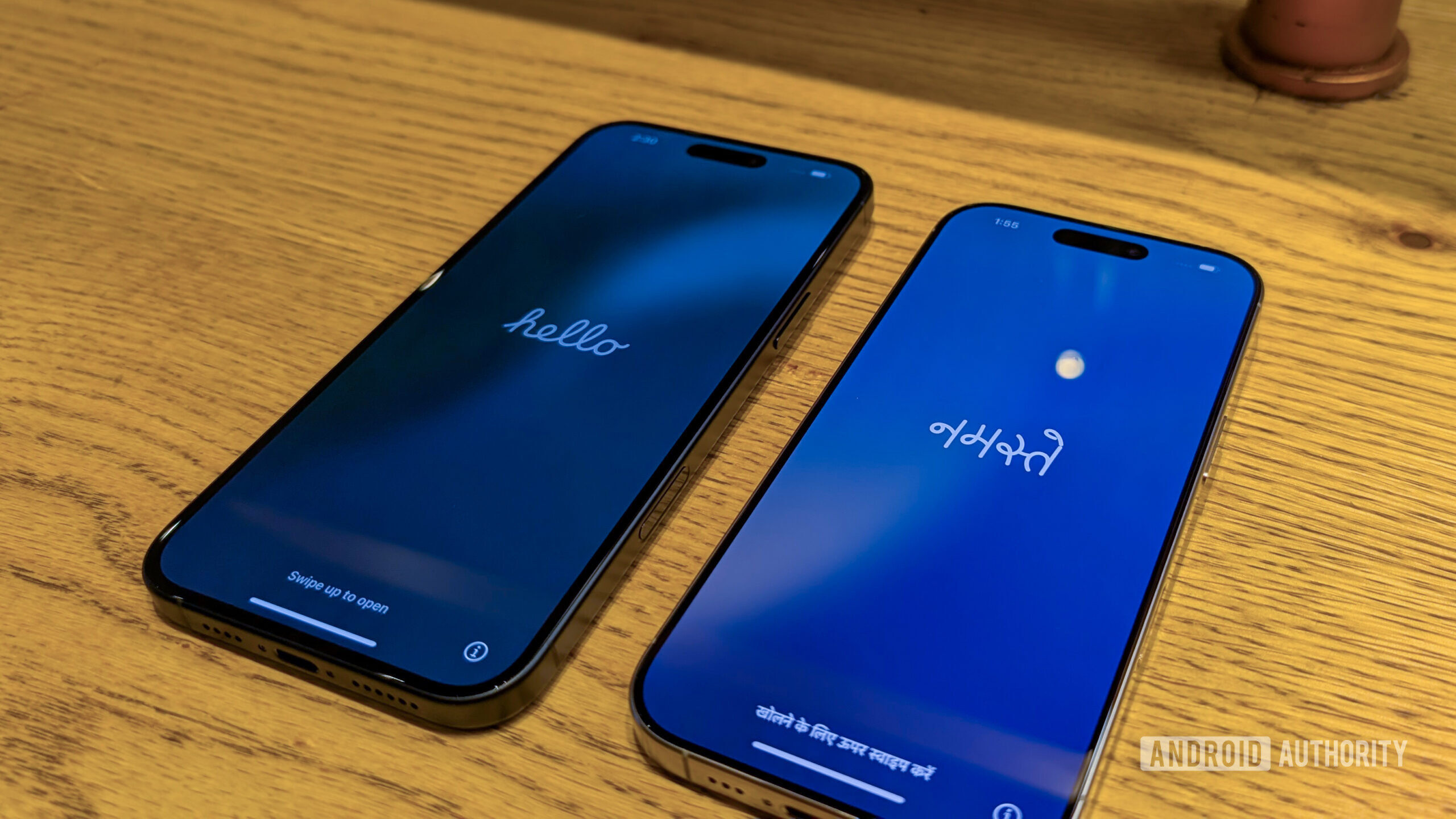
Analyst Jeff Pu mentions that the iPhone 17 lineup’s display diagonals could be as follows:
- iPhone 17: 6.1-inch display
- iPhone 17 Air: 6.6-inch display
- iPhone 17 Pro: 6.3-inch display
- iPhone 17 Pro Max: 6.9-inch display
Ming-Chi Kuo affirms the display diagonal of the “ultra-thin” iPhone 17 (aka the Air), mentioning that its 6.6-inch display could have a screen resolution of 2,740 x 1,260 pixels.
Leaker Setsuna Digital on Weibo mentions that all four iPhone 17 models will be equipped with high-quality Samsung M14 OLED panels like the iPhone 16 Pro.
The M14 panels offered a 30% boost in brightness and a better lifespan of the display compared to the preceding M13 panel. The M14 display also needs less power than the predecessor, meaning it could contribute to longer battery life. A report from the Electronic Times agrees, stating that industry sources say M14 OLED panels will be used on all four iPhone 17 models.
Leaker Jukanlosreve alleges that Apple is planning to use a new display technology called Low-Dielectric TEE for the iPhone 17 Pro and Pro Max. Low-Dielectric TEE is said to improve battery efficiency, maximize display durability, and enhance overall performance compared to existing display technologies.
Cameras
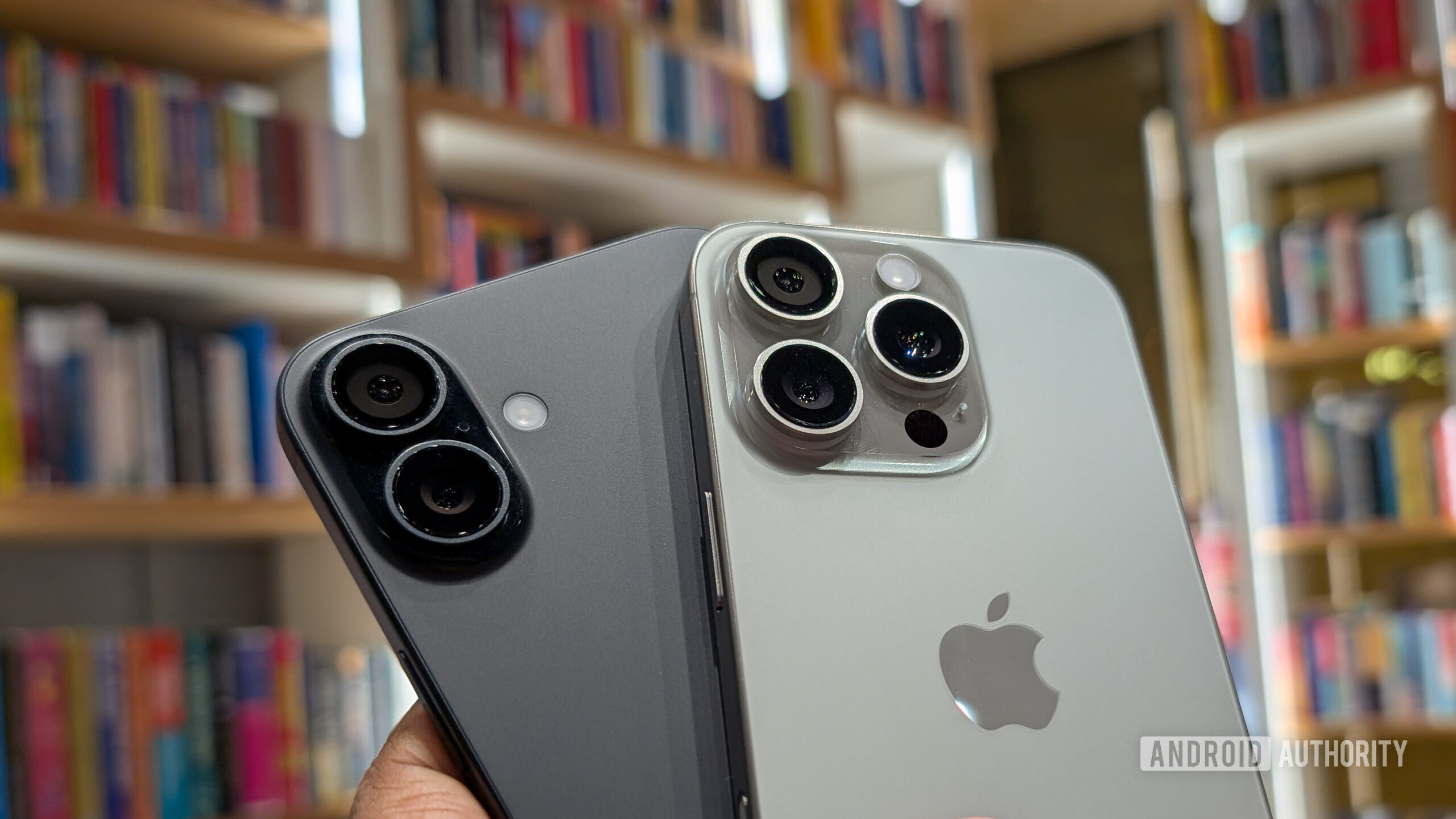
Ming-Chi Kuo mentioned in January 2024 that the iPhone 17’s front camera will be upgraded to a 24MP/6P lens, compared to the 12MP/5P lens of the iPhone 16 series. Jeff Pu corroborated the report, reiterating that all four iPhone 17 models will feature a 24MP front camera.
Moving to the back, Kuo says that Apple plans to increase the resolution of the tetraprism (periscope zoom) camera from 12MP to 48MP, but only on the iPhone 17 Pro Max. This should significantly enhance the outputted image quality, even when using the (cropped) digital zoom. It would also mark it as the first time that the Pro Max has all 48MP rear cameras and even a bumped-up 24MP front camera, making it the most advanced camera hardware on an iPhone by a good margin.
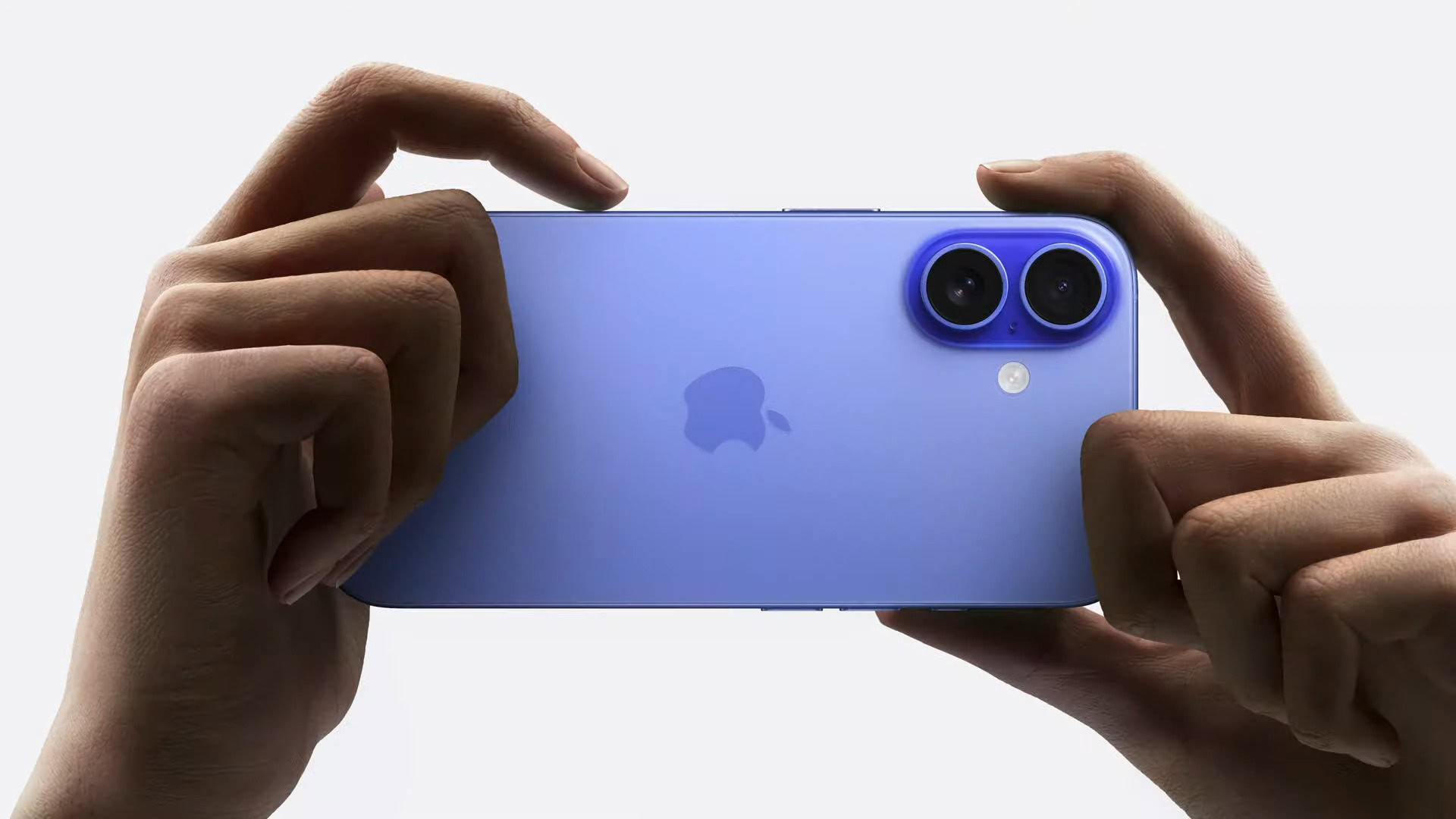
A report from The Information claims that Apple could incorporate a mechanically controlled variable aperture system into one of the iPhone 17 models. It’s not clear which model this would be on. It is also unclear if Apple will implement a simple toggle between two or more preset apertures or go for a more advanced, step-less aperture adjustment similar to the Xiaomi 14 Ultra.
If you were hoping it would be the slim variant that has these camera improvements, you’d be disappointed. Kuo mentions that the iPhone 17 Air will come with a single wide camera on the back. Gurman mentions it will be a 48MP shooter similar to that on the iPhone 16e.
Battery and charging
Leaker Setsuna Digital claims that Apple has tested 7.5W reverse wireless charging on the iPhone 17 Pro. However, the leaker doesn’t know if the feature is coming to the final retail unit, but that’s something to cross our fingers on.
The good news, though, is that Jeff Pu mentions that all four phones in the iPhone 17 series will support up to 35W wired charging speeds. Note that Apple doesn’t reveal the maximum charging speeds for its devices, so we have to reach conclusions through third-party testing. For reference, the iPhone 16 Pro Max can reach sustained charging speeds of 30W and peak charging speed of 37W (though it’s unclear for how long the peak is maintained).
We don’t know yet what the battery sizes would be across the board. Leaker Digital Chat Station mentions that the iPhone 17 Air could have a battery in the range of 3,000mAh to 4,000mAh. It’s not much right off the bat, so you shouldn’t be expecting stellar battery life out of this phone. However, Gurman mentions that the battery life could be on par with current iPhones, which would be impressive considering the phone is expected to be two millimeters thinner.
iOS 19
When the iPhone 17 becomes available, it should have iOS 19 on board. A leak from Jon Prosser may have given us a first look at the upcoming version of Apple’s OS. According to the leaker, most of what’s new will be visual changes.
The biggest of these visual changes is said to be the rounder and translucent UX that’s reminiscent of visionOS on the Vision Pro. This means we could see apps with a 3D floating look and frosted-glass-like transparency like the Apple Sports app and Invites app. Through these mockups for the lock screen, the Camera app, and on Settings popups, we see hints of this transparency. The mockups also show a floating dock of icons displayed on the Apple TV app, replacing the navigation pill.
However, Apple insider Mark Gurman disagrees with the leak. Gurman believes that these images look like they were based on a very early build or on vague descriptions that are missing key features. Ultimately, he says these mockups are not representative of what will be shown at WWDC.
What might the iPhone 17 price be?
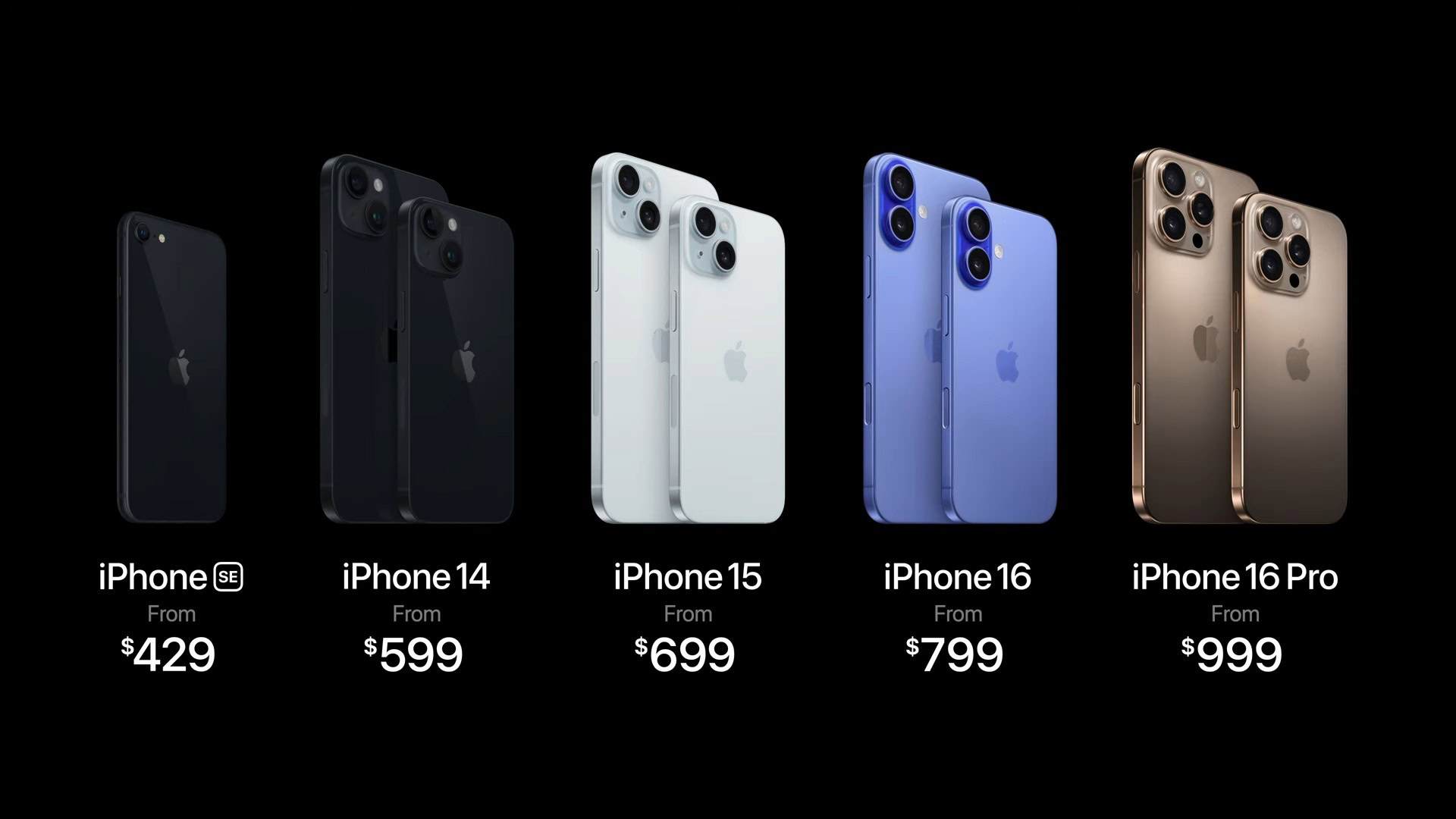
- iPhone 16 series — Starts at $829
- iPhone 15 series — Starts at $829
- iPhone 14 series — Starts at $829
Apple has done an incredible job keeping the starting price of the iPhone lineup fixed at $829. Apple advertises a starting price of $799, but that is after a $30 activation discount on select carriers.
Even for the Pro iPhone, Apple has largely kept prices fixed, starting at $999 for the Pro iPhone at 128GB. The only change here is that the iPhone 15 Pro Max jumped up storage models to start at $1,199 for the 256GB variant, whereas previous models, like the iPhone 14 Pro Max, cost $1,099 for the 128GB variant.
At the moment, we have not heard of any price rumors for the entire iPhone 17 series. Gurman does say that the iPhone 17 Air could cost about the same as the iPhone 16 Plus, so about $900.
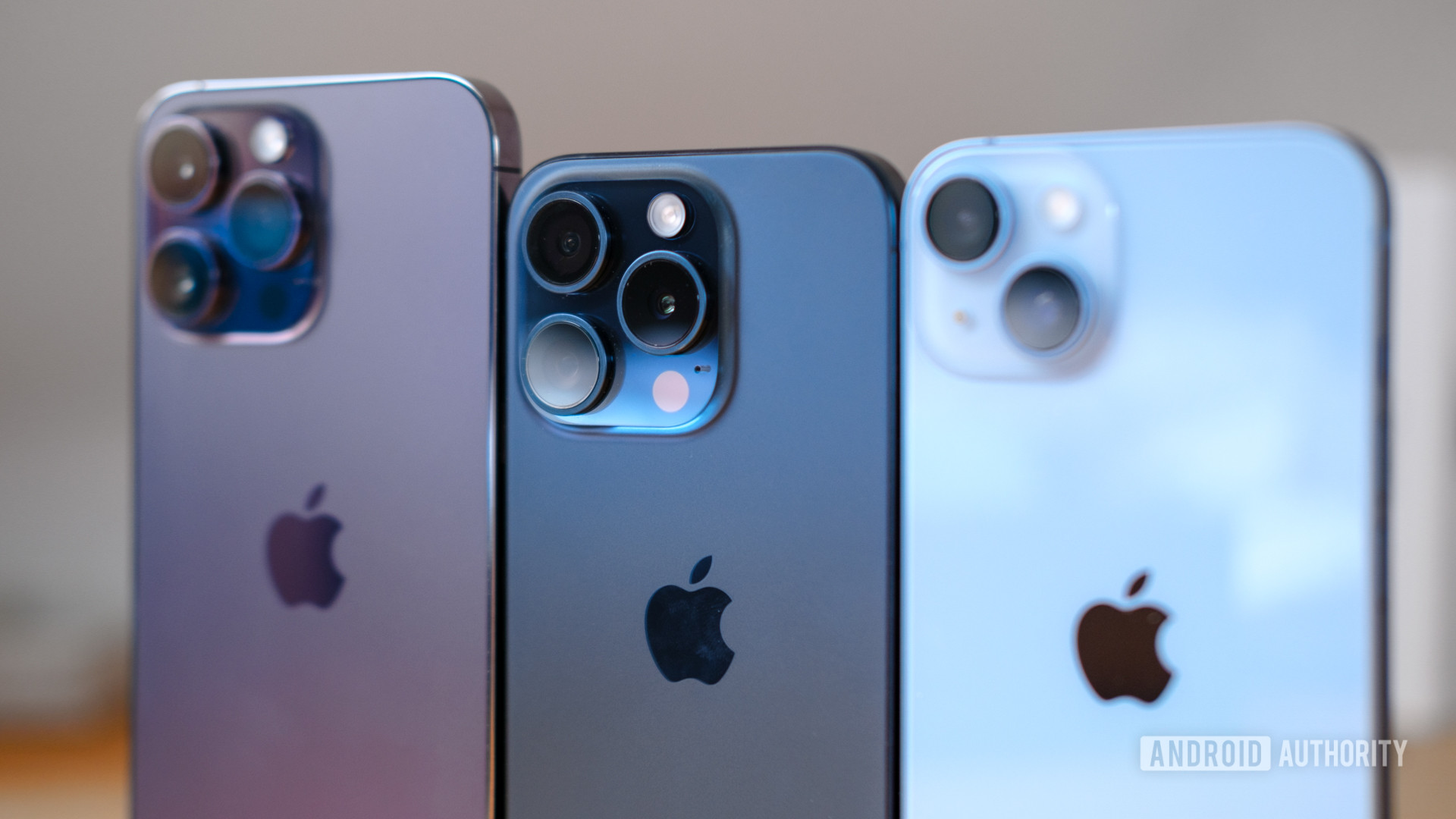
Apple has absorbed the increased cost of production for several years now, so we wouldn’t be surprised if the company decided to give the lineup a slight bump in prices. On the other hand, raising the prices of the base iPhones would put off many people, and Apple has a better chance of monetizing other Apple services for which the iPhone serves as a vehicle. The company could decide on a price increase for the Pro models only, citing the advancements in tech that the Pro models usually carry.
At the same time, if you are hoping for a reduction in iPhone prices, don’t hold your breath. There is little incentive for Apple to reduce its prices. The company keeps its older base iPhones around at reduced prices when the newest iPhone launches, so you can pick one of those up if you are on a tighter budget. You can also explore your options with Android flagships or budget Android devices if you are open to making a switch.
Should you wait for the iPhone 17?
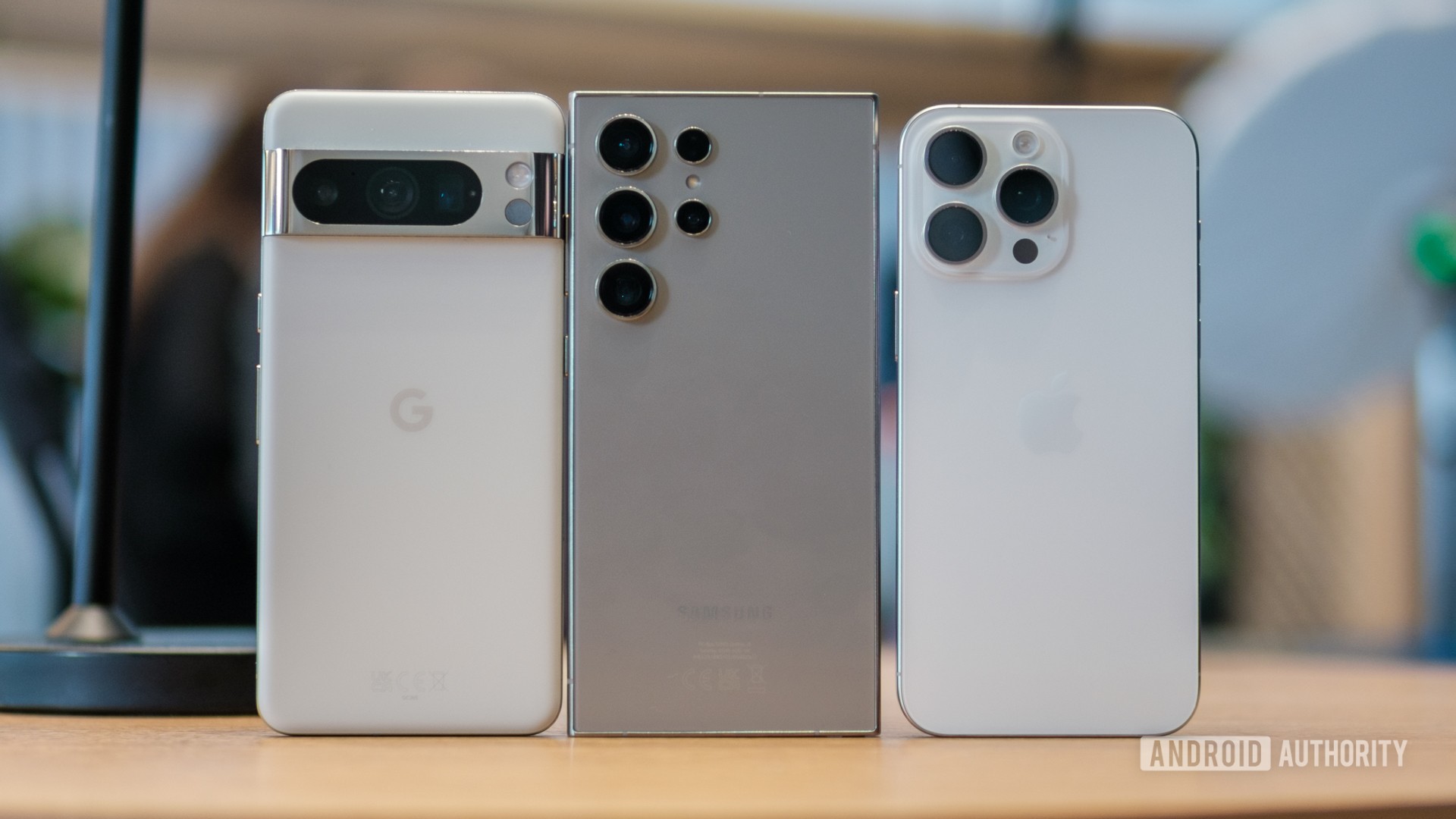
The story with iPhones is always the same: the current iPhones are the best iPhones right now. It makes sense to buy the phone that is currently available rather than wait for something better in the future because there will always be a better phone coming. Broadly speaking, you shouldn’t wait for the iPhone 17 if you need a smartphone right away.
The iPhone 16 ($799 at Amazon) is a very strong performer. However, the presence of a 60Hz display is the big downside, and the upgrade to 120Hz on the iPhone 17 is a good reason to hold off on upgrading if your current phone will last until then. Though, if you want the iPhone 16 Plus ($929.99 at Amazon), you should get it now since Apple won’t release a Plus variant in 2025.
In a similar vein, the iPhone 16 Pro ($999 at Amazon) is a good upgrade over last year’s iPhone, and the iPhone 17 Pro doesn’t seem like it will reinvent the wheel. So going for the 16 Pro right now makes a lot of sense. However, the iPhone 17 Pro Max is shaping up to be a bigger upgrade next year, and the gap between the Pro and Pro Max will widen once again. In that context, it makes some sense to skip the iPhone 16 Pro Max ($1199 at Amazon) and wait for the iPhone 17 Pro Max, though it will still very much remain an incremental update.
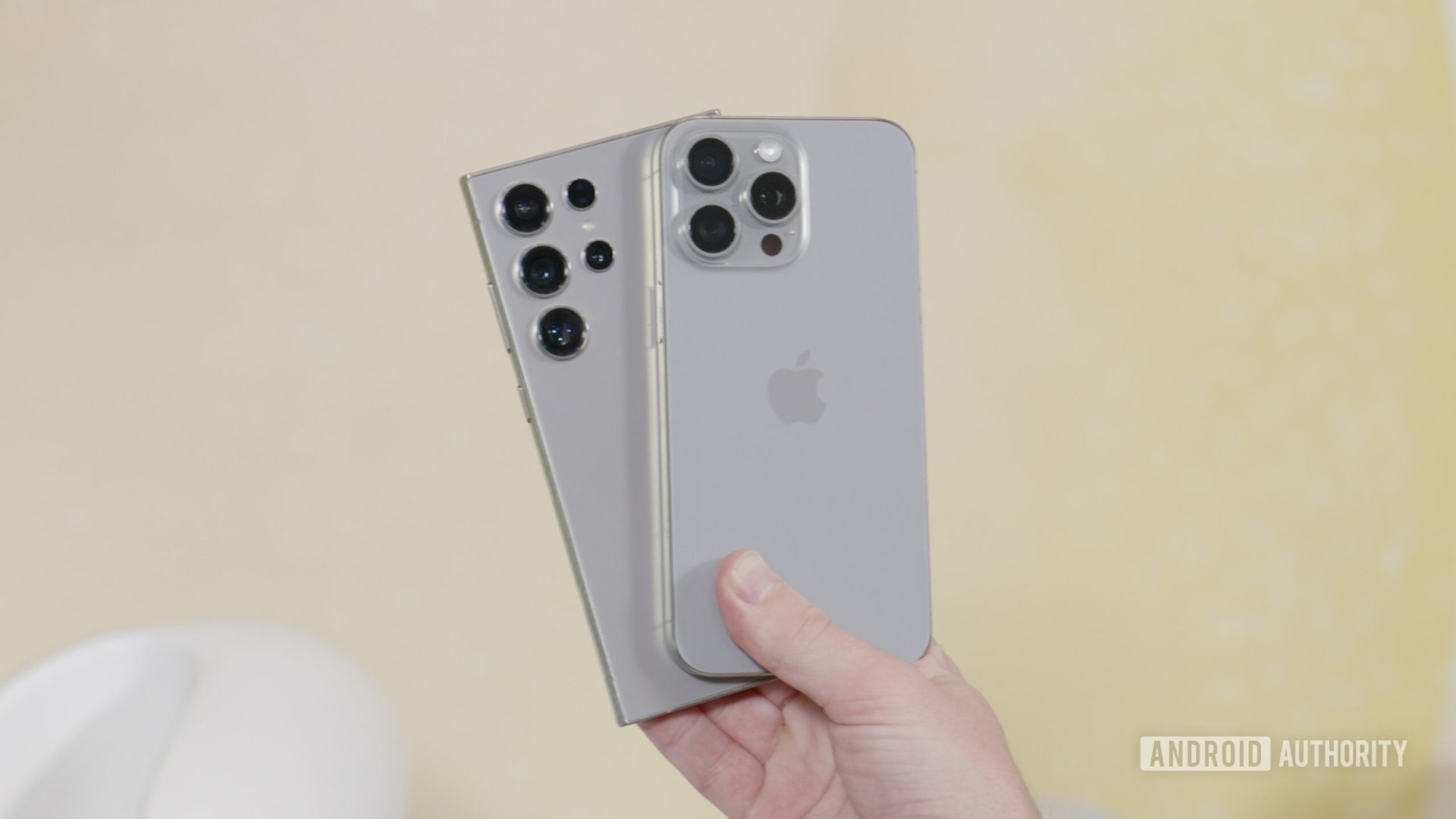
Beyond the iPhones, Google also has the Pixel 9 series, which is the closest competitor to the iPhone ever. If the iPhone 16 series doesn’t look exciting to you, you can take a look at the Pixel 9 ($799 at Amazon) as an iPhone 16 competitor, the Pixel 9 Pro ($999 at Amazon) as an iPhone 16 Pro competitor, and the Pixel 9 Pro XL ($1099 at Amazon) as an iPhone 16 Pro Max competitor.
If you want a stronger ecosystem pull, the Galaxy S25 series is also a great recommendation. The Galaxy S25 Ultra ($1299.99 at Amazon) serves as an Ultra flagship that competes strongly against the iPhone 16 Pro Max, while the Galaxy S25 Plus ($999.99 at Amazon) and Galaxy S25 ($809.99 at Amazon) compete well against lower devices.
